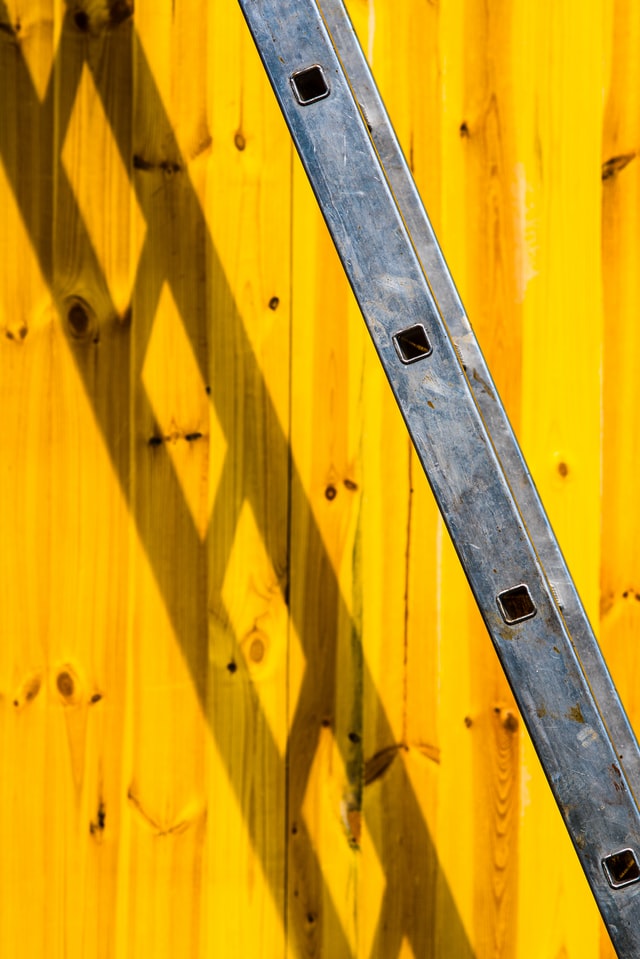Electrician Shares Tips on Dealing with Home Electrical Issues
Home electrical issues occur even in newer homes, or well-maintained residential properties. Like any system around the house, electrical fixtures are bound to incur wear and tear and can get worn out through time.
Homeowners should always call an electrician from reputable electrical companies right away when faced with electrical issues.
Home management experts say every homeowner should have the contact information of a reliable licensed emergency electrician so that in case issues occur, he will know whom to call. At the same time, a homeowner must know at least
how to deal with an electrical issue so that he and the rest of his household can stay safe while waiting for help to arrive.
Dealing with Common Electrical Issues
Dead electrical outlets are fairly common in homes, and a licensed residential electrician can easily remediate this matter. Avoid doing self-troubleshooting to fix the issue, and let a pro handle it.
Another common electrical issue is flickering lights. When it happens once or twice on the same bulb, it could only mean that the bulb is getting busted. but once the dimming or flickering occurs throughout the residential property
then it signifies an underlying problem. One of the possible causes is a faulty electrical system, electrical overload, or an outdated electrical system.
Tripping Electrical Breakers
Electrical breakers that keep on tripping is a sign that the power capacity of the house can no longer respond to the electrical demands of everyone in the household. If the breaker keeps on tripping it shows that additional capacity
is needed. A residential electrician can address the matter.
Power Fluctuations
Power can fluctuate from time to time especially when there are weather disturbances, or when the surge comes from the electrical suppliers. However, an outdated electrical system can also make power fluctuate within the home. Sometimes when a large appliance is plugged in, power can fluctuate throughout the house. While this is somehow normal, it can also signify an outdated system that can no longer handle the electrical requirements of the household.
Light Switch Issues
Light switches can also incur possible issues. For instance, the light switch can cease to work, can get hot to touch, or could burn up from beneath the wall. It can signify faulty electrical wiring or a dangerous electrical overload that can start a fire. An electrician can easily assess and address the situation. https://augustafreepress.com/rewire-your-circuit-breaker-only-with-a-licensed-electrician/
Safety Risks Electricians Face Everyday
Safety and occupational hazards are part of the everyday life of an electrician. Day in and day out, accidents can happen in their line of work, and one mistake could end up in a fatal injury. And while electricians are abreast of safety information, and don personal protective equipment while carrying out their work, they could still end up getting injured due to unforeseen circumstances.

These safety risks are magnified when an unlicensed and untrained individual tries to do electrical work. Safety experts frown upon self-troubleshooting and self-installation of electrical fixtures since ordinary homeowners do not have the education, equipment, and experience to carry out any type of electrical work no matter how simple it may seem. If a trained and licensed individual like an electrician is still vulnerable when it comes to an electrical hazard, what more an ordinary individual who does not have the knowledge, training, tools, and safety gear to correctly work on his electrical system. Find an electrician
Electricians face safety risks
As electricians go about their daily grind, they keep the public safe from various electrical injuries, while preventing possible property damage. Homeowners should never attempt to do their electrical work so that they could stay safe from possible harm. Below are some of the safety risks electricians face every day:
Electrical Shock and Electrocution
No matter how much they train, and even if they don safety gear, there is still a small possibility that electricians could sustain electrical shocks, or worse get electrocuted while on the job. They work in unfamiliar environments and troubleshoot electrical emergencies, and so the possibility of getting an electrical injury while dealing with electricity remains high.
Falls and fractures
Falls and fractures are highly likely whenever electricians carry out work. Sometimes, it even happens alongside an electrical shock. Usually, after sustaining an electrical injury while working on an elevated area, the electrician could fall, sustain a fracture or a serious injury, or worse, succumb to the accident.
Homeowners should keep the above-mentioned risk in mind especially when attempting to self-install electrical fixtures or repair troubleshoot electrical systems in higher areas around the house. If an equipped electrician could still fall to his death, what more an ordinary property owner?
Animal and Pest Bites
Since electricians in Escondido do work in other people’s homes or properties, they are likely to come across domestic pets. When the homeowner fails to prepare his home for an electrician’s visit and forgets to puts his dog on a leash, then there is a possibility that the dog could attack the electrician.
Also, since electricians sometimes work on crawl spaces and areas beneath the walls, they too face the risks of getting exposed to pests. These include bugs, mosquitoes, and worst, rodents. These can all bite the electrician, injure them.
Exposure to harmful substances
Electricians could also face exposure to harmful substances in the homes and commercial properties that they work on. For instance, they could get exposed to molds and even Asbestos. They can also get exposed to bacteria growing in the structure of the house, and even fungi.
Exposure to extreme weather
Since electricians also work outdoors, they could also get exposed to extreme weather conditions. They could get exposed to very cold temperatures during winter, and intense heat and humidity during the peak of summer.